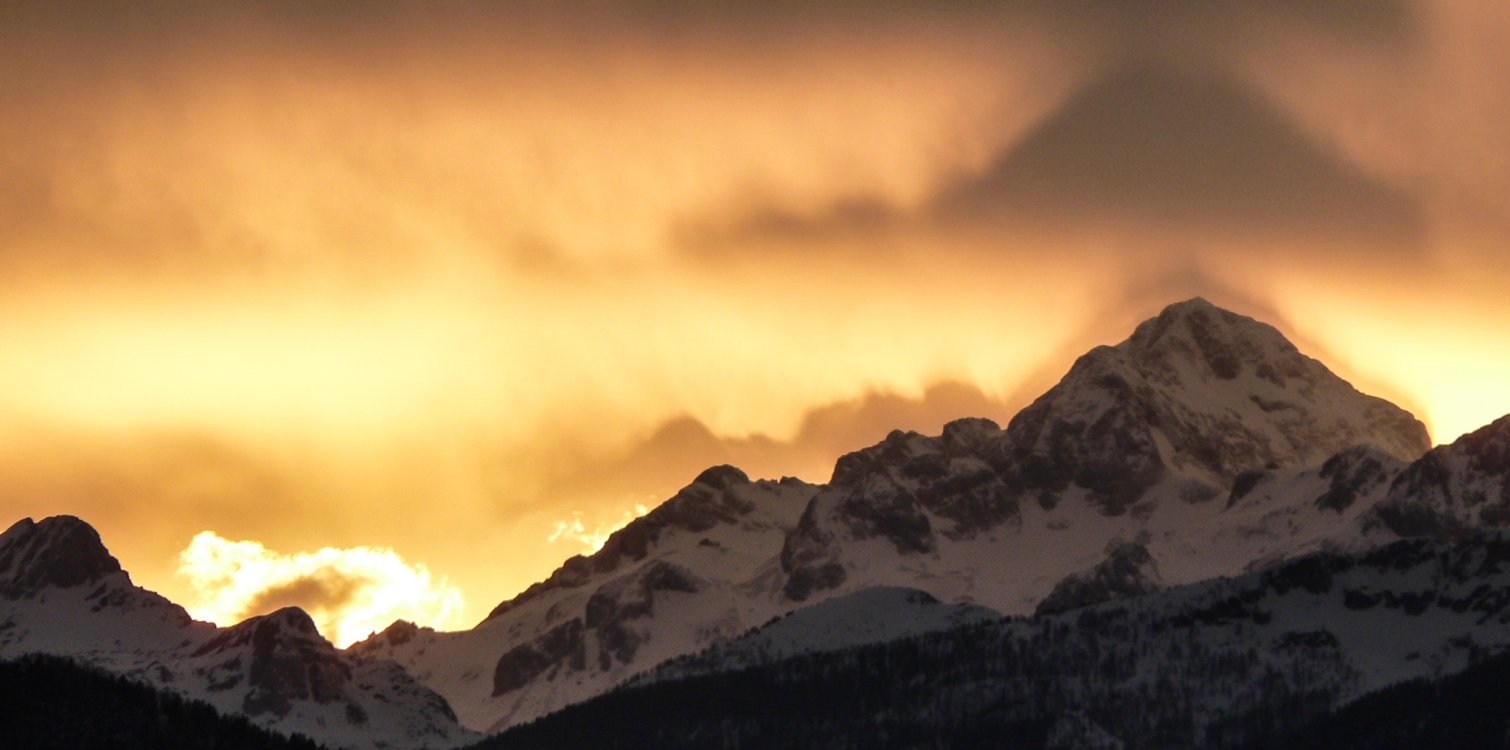The Triglav National Park is located in north-western Slovenia, on the border with Italy and close to the border with Austria, in the south-eastern part of the Alpine massif. It overlaps almost completely with the Eastern Julian Alps.
It covers 840 square kilometres, which is four percent of Slovenia's surface area. It is one of Europe's oldest parks, with the first protection dating back to 1924, when the Alpine Conservation Park was established.
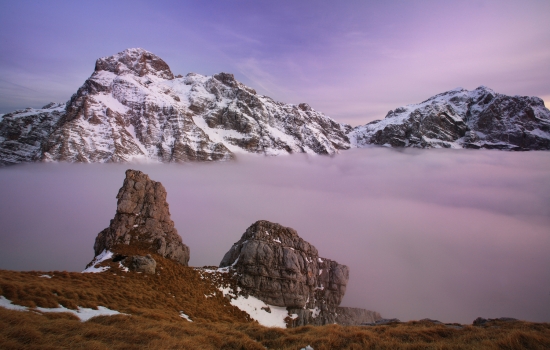
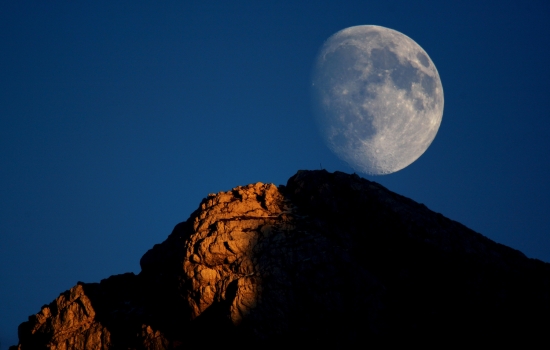
Area
Total: 83.982 ha.
- First protective area: 31.488 ha.
- Second protective area: 32.412 ha.
- Third protective area: 20.082 ha.
Milestones in the history of Triglav National Park
- 1908, Dr. Albin Belar's proposal for a conservation park above Komarča
- 1924, creation of the "Alpine Conservation Park" in the valley of the Triglav Lakes (1600 ha)
- 1961, Decree declaring the Triglav Lakes Valley a "Triglav National Park" (2000 ha)
- 1981, enactment of the Triglav National Park Act
- 2010, new Act on the Triglav National Park and enlargement of the park (inclusion of the settlement of Kneške ravne and its surroundings)
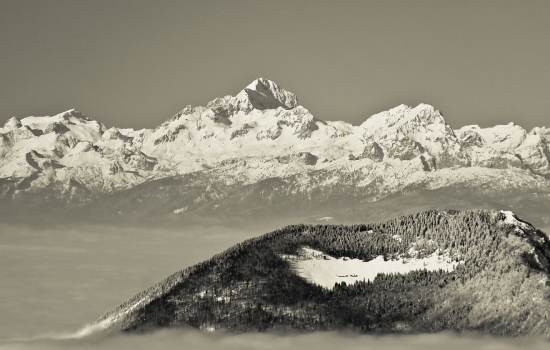
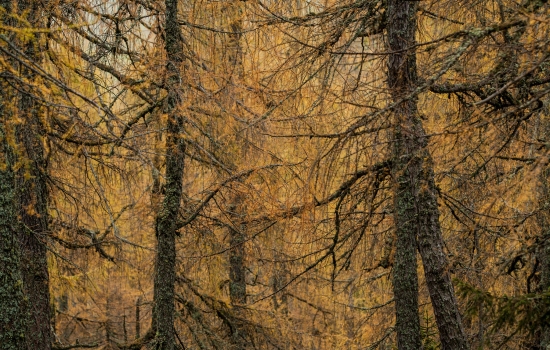
General information
- Highest point: Triglav, 2864 m
- Lowest point: Tolminska korita, 180 m
- Number of settlements: 33 (21 entirely, 12 partly)
- Number of inhabitants: 2.337 (January 2018)
- Municipalities in the park: Bovec (30,1 %), Bohinj (26,3 %), Kranjska Gora (16,9 %), Bled (1,8 %), Tolmin (8,4 %), Kobarid (3,7 %) Gorje (12,7 %) in Jesenice (0,1 %).
- Managing authoritiy: Triglav National Park Public Institute
International status
National Park (Category II) and Protected Landscape (Category V) according to the criteria of the World Conservation Union (IUCN).
Inclusion of the Julian Alps and the Triglav National Park in the international network of biosphere areas MAB (Man and Biosphere) - by Decision of the UNESCO - United Nations Educational, Scientific and Cultural Organisation (2003).
The Triglav National Park area is almost entirely a Special Area of Conservation and a Special Area of Conservation of the European ecological network Natura 2000.
The public institute has been a member of the Europarc Federation since 1986, was a co-founder of the Alpine Protected Areas Network - ALPARC - in 1995, and has established numerous international partnerships (agreements or charters) with parks abroad, e.g. It has also signed a number of partnerships with other national parks, including the Hochtaunus Nature Park (Germany), Snowdonia National Park (Wales), a tripartite agreement - Triglav National Park, High Tauern (Austria) and Les Ecrins (France), a twinning agreement with Crater Lake National Park (USA), and a twinning agreement with the Kronotsky Nature Reserve (Kamchatka, Russia).
In 2004, the National Park was awarded the Council of Europe Diploma, the Council of Europe's recognition for excellence in the management of protected areas of European importance, which was renewed in 2019 for a further ten years under new conditions and recommendations until 5 May 2029.
In September 2009, the Triglav National Park and the Julian Foothills Nature Park in the Rhesia Valley in Italy were awarded the Europarc Federation's certificate for cross-border cooperation between protected areas for a period of ten years. Both parks also received an explanatory memorandum with recommendations, the fulfilment of which provides a framework for further work and the development of cooperation. The two parks were awarded the cross-border pilot region certificate for ecological connectivity at the 13th Conference of the Alpine Convention in November 2014. In December 2016, the European Charter for Sustainable Tourism for Protected Areas was awarded by Europarc.
In 2006, the Triglav National Park was awarded the Europa Nostra Diploma for Pocar Homestead in the EU Cultural Heritage Award in the Architectural Heritage category.
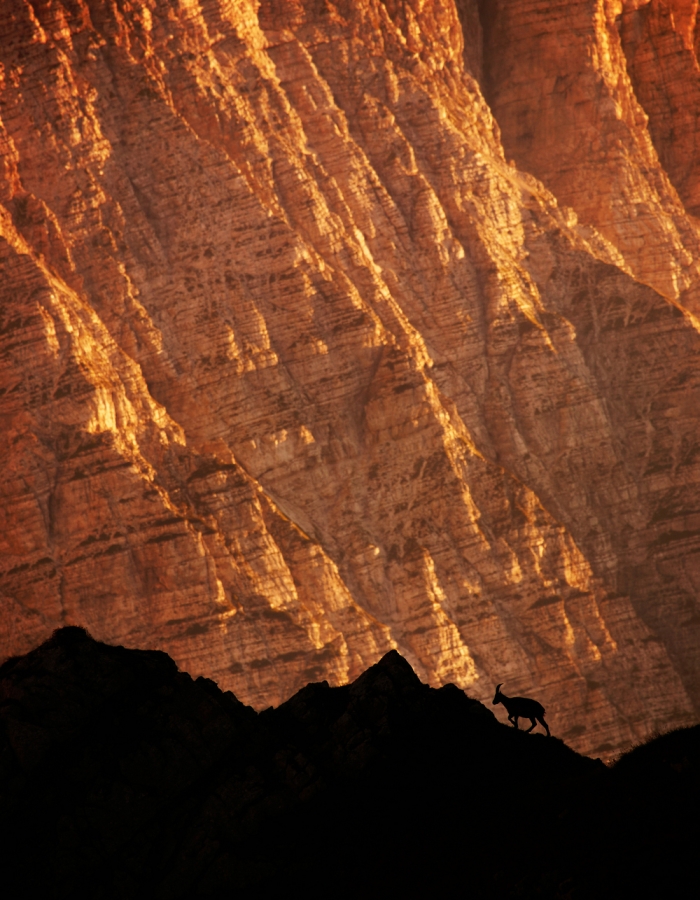
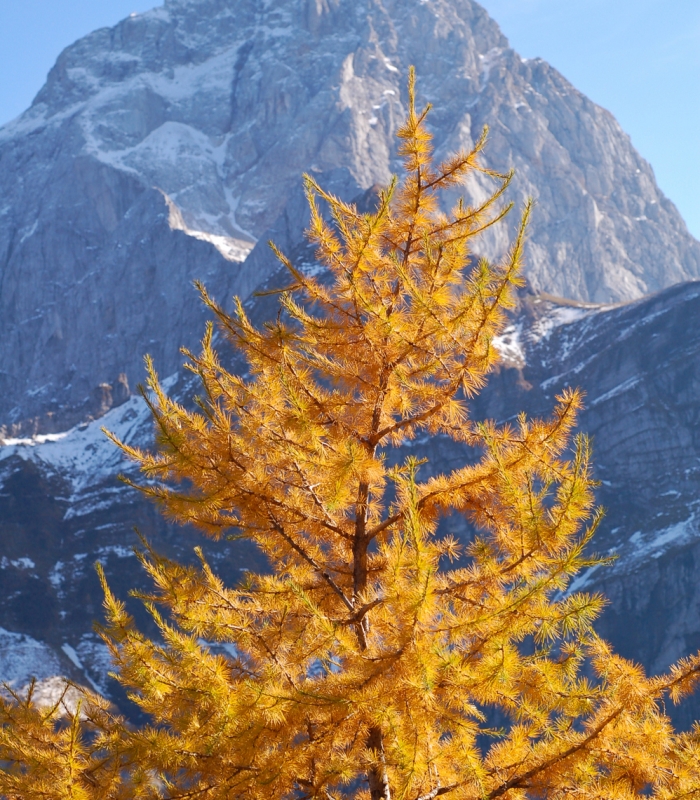
The vision of The Triglav National Park
As a unique area of protected nature in the Alps, the Triglav National Park's priority objectives are conservation of ecosystems and natural processes, natural assets, diversity of habitats, plant and animal species, landscape quality and landscape diversity.
In the settled parts of the national park, the primary focus is to safeguard the cultural heritage and landscape quality, which is the result of long-term harmony between nature and man. With the support of competent government bodies, the inhabitants of the Park are ensured suitable economic and social conditions that promote sustainable development of activities that enable and encourage maintenance of populations and high-quality living and working environment, typical identity and traditional use of natural resources.
Conservation of natural and cultural heritage, sustainable development and communication with the general public are the challenges and tasks of the Triglav National Park, which assists the inhabitants and visitors to the Park through active cooperation, helping them become fully aware of the role and importance of protecting nature, cultural heritage and sustainable development in the Alps.
The national park is a model example of successful harmonisation of different interests focused on a common goal: well-preserved nature, landscape and cultural heritage. The values of a national park are a motive and an attractive goal for visitors who respect the exceptional nature and cultural heritage as well as the peace and quiet of the area. Through various forms of sustainable mobility and suitable park infrastructure visitors are directed towards less vulnerable parts of the national park where they are offered a wealth of opportunities for nature experience and relaxation.

